
Being a great designer means always learning. Considering the constant updates in the field, thanks to ongoing research about the human mind, there's no school that can teach you everything about design. Moreover, the emergence of cutting-edge technology means we must learn to adapt design principles around it. You can do it the hard way and reinvent the wheel — or you can benefit from the best professionals who gladly share their experiences.
We’ve handpicked 12 amazing books that we consider invaluable for designers. Some of them are aimed at experienced professionals, and others at newbies. But most of them are for everybody — including people who are just curious about design. So wherever you’re on the design skill spectrum, you’re sure to find something that piques your interest.
1. Design of Everyday Things by Don Norman
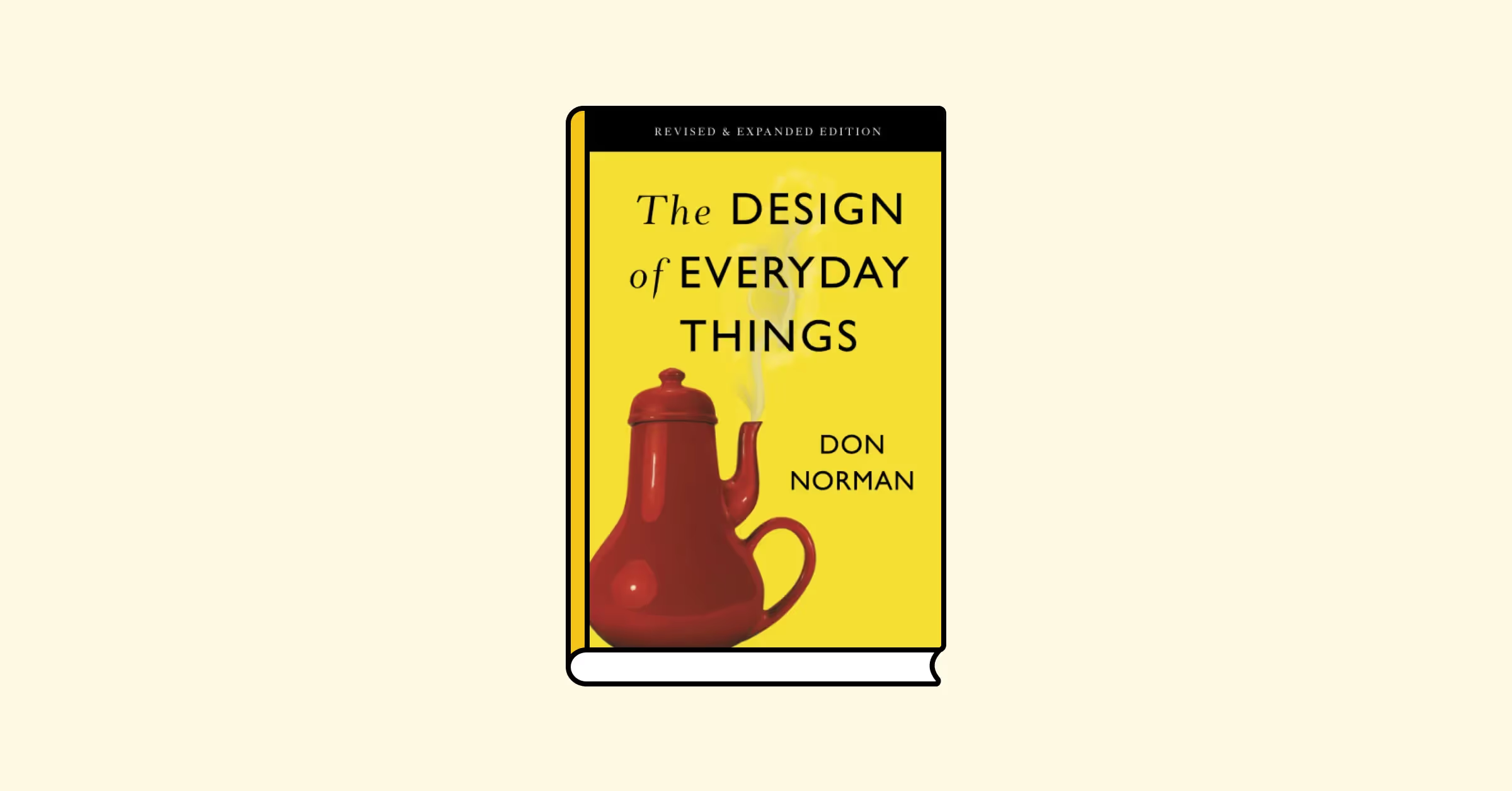
Have you noticed that some products are easy to use, but for others, you need a manual and some Googling? It doesn’t have to be that complicated. From simple apps to aircraft dashboards, any product can be designed to be simple and intuitive. That's the point that Don Norman proves in his book Design of Everyday Things. He believes there are no bad users — only bad designs. If you want to build a strong user experience, this book is for you. You will learn how to efficiently guide users to their goals and enjoy the author's witty and lighthearted writing style.
For design novices, a good place to go after reading this book is our UX Design Foundations Course, where you’ll learn the key foundational concepts of the subject.
2. Don't Make Me Think by Steve Krug
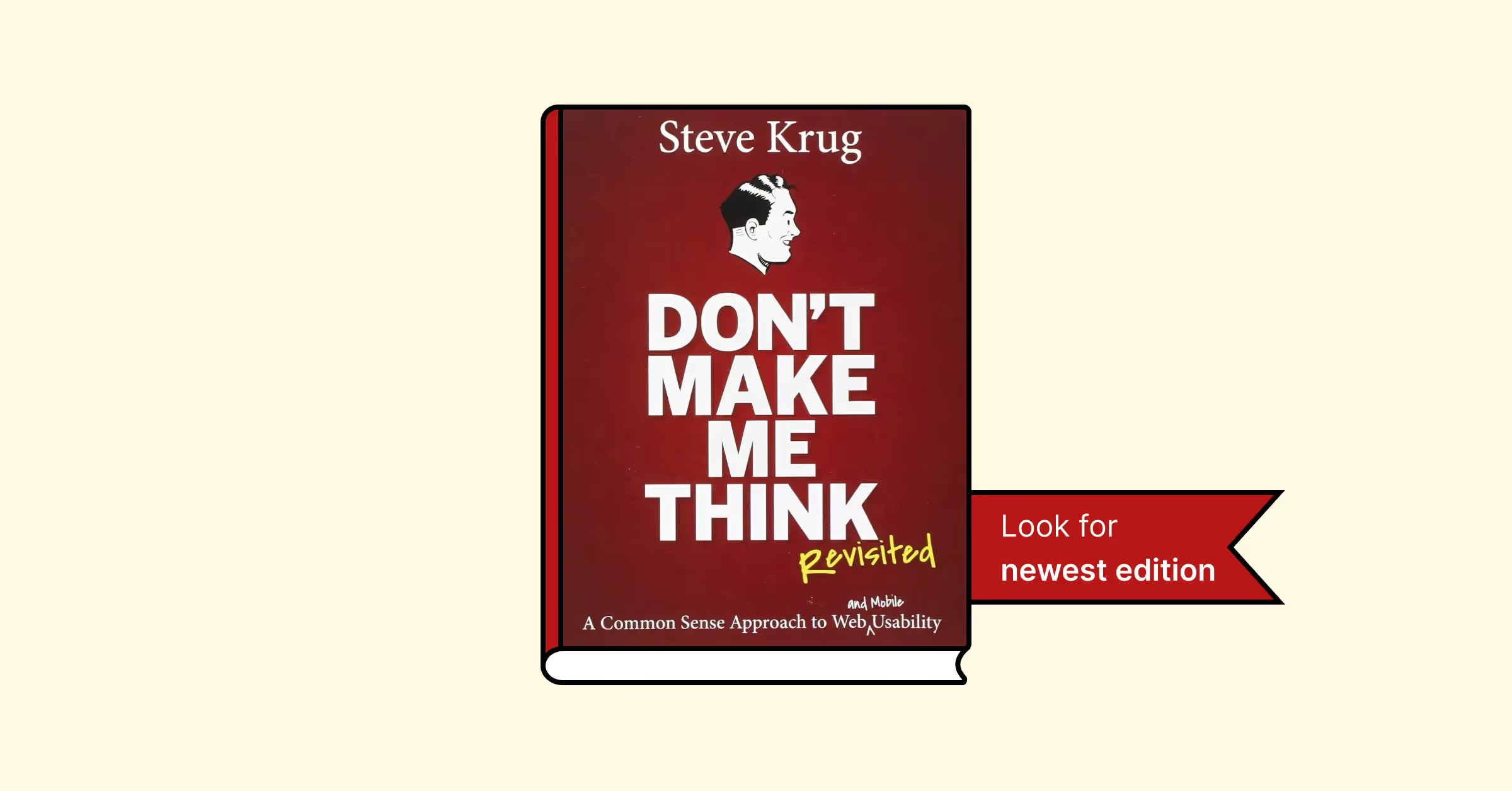
What makes a design annoying? The need to think, click too many times, remember, write down things to compare, or switch between screens for sure! Since its publication in 2000, Steve Krug's Don't Make Me Think has forever changed our approach to design. The book lays out the principles of intuitive navigation and explains key usability points. It also contains illustrations and offers many real-life examples. The third edition of the book has even added best practices in mobile design!
3. 100 Things Every Designer Needs to Know About People by Susan Weinschenk
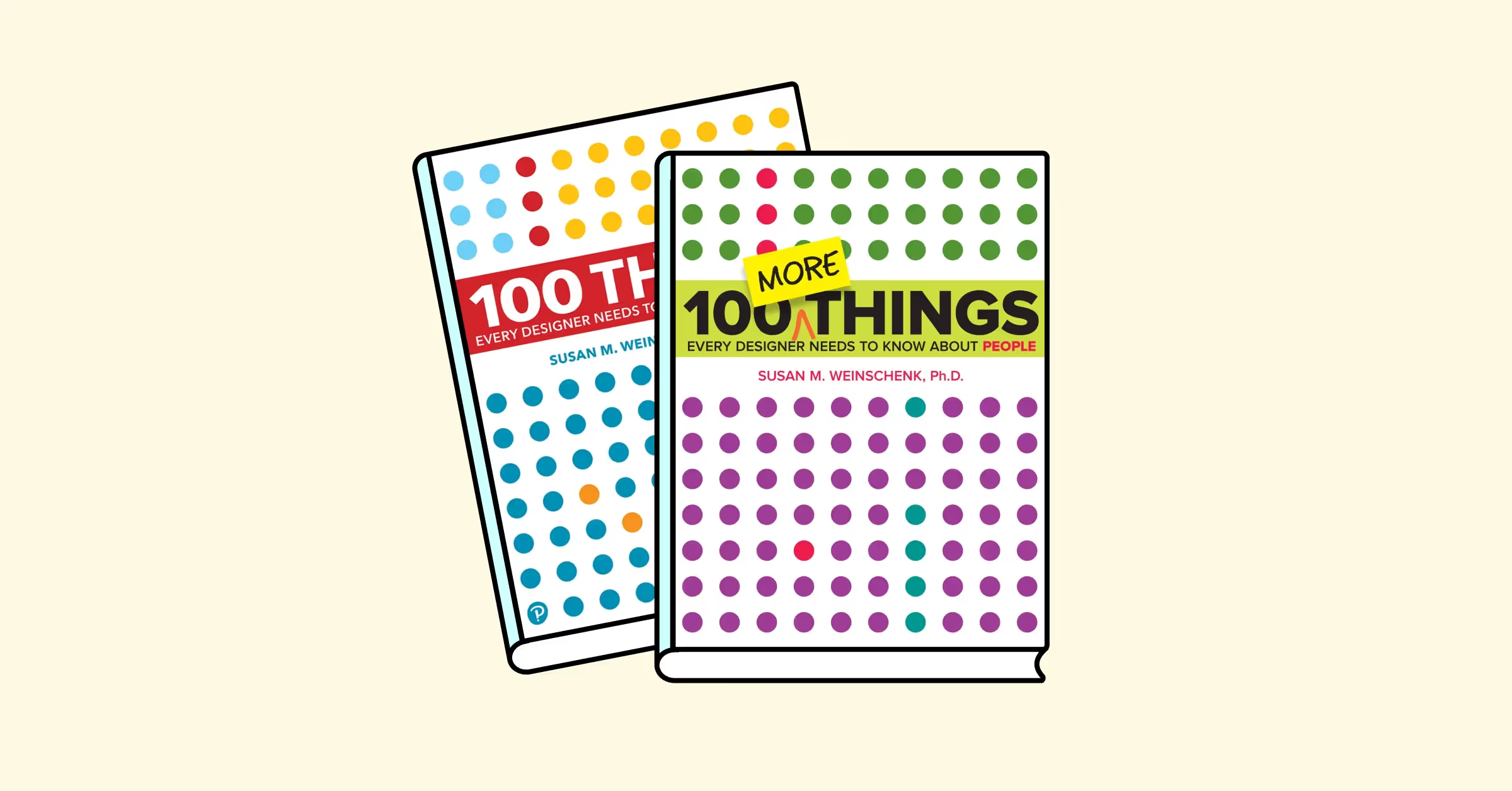
If you enjoy leveraging behavioral design research insights in your designs, 100 Things Every Designer Needs to Know About People is a real treat. It examines what influences people's behavior and decision-making. Author Susan M. Weinschenk, who has a Ph.D. in psychology, has studied user behavior for over 30 years. Her sequel 100 More Things Every Designer Needs to Know About People goes into even more detail about how to make your designs intuitive and engaging.
To delve deep into the world of user research and how it can help you build successful products and designs, check out our UX Research course.
4. About Face: The Essentials of Interaction Design by Alan Cooper and Co-writers
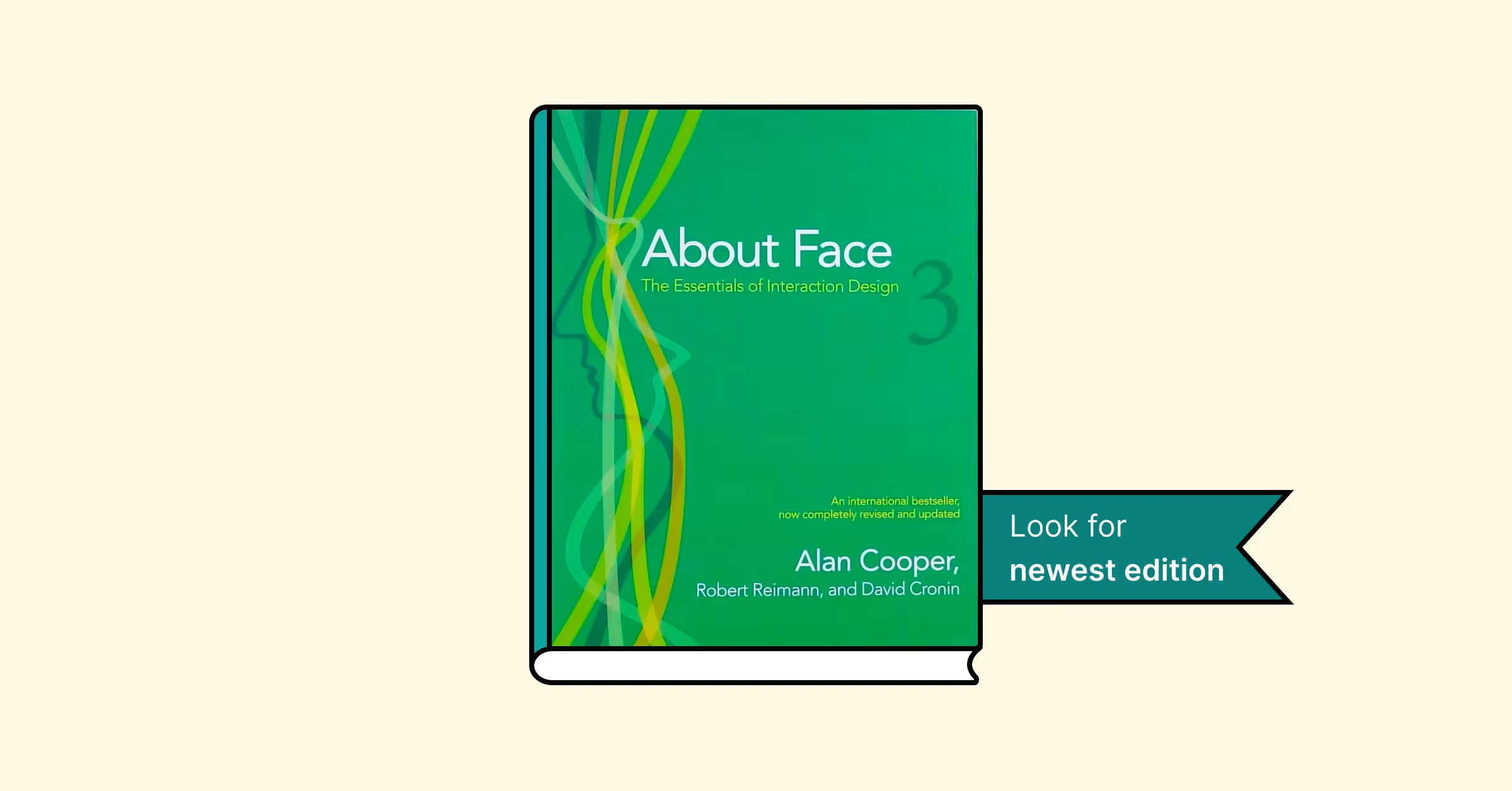
If you feel like you’ve had enough theory to chew on, About Face is the perfect antidote as a practical design guide. It explores interaction design principles and patterns and offers several tips to stay updated with design trends. The book covers crucial concepts like goal-directed design and personas. Plus, it has everything you need to know about windows, dialogs, controls, and user feedback in mobile and desktop apps. While the book is a great find for new designers, it will also be interesting to experienced designers and casual readers. The updated volume About Face 3 presents practical tools you need to design great desktop applications, Web 2.0 sites, and mobile devices.
5. Lean UX: Applying Lean Principles to Improve User Experience by Jeff Gothelf and Josh Seiden
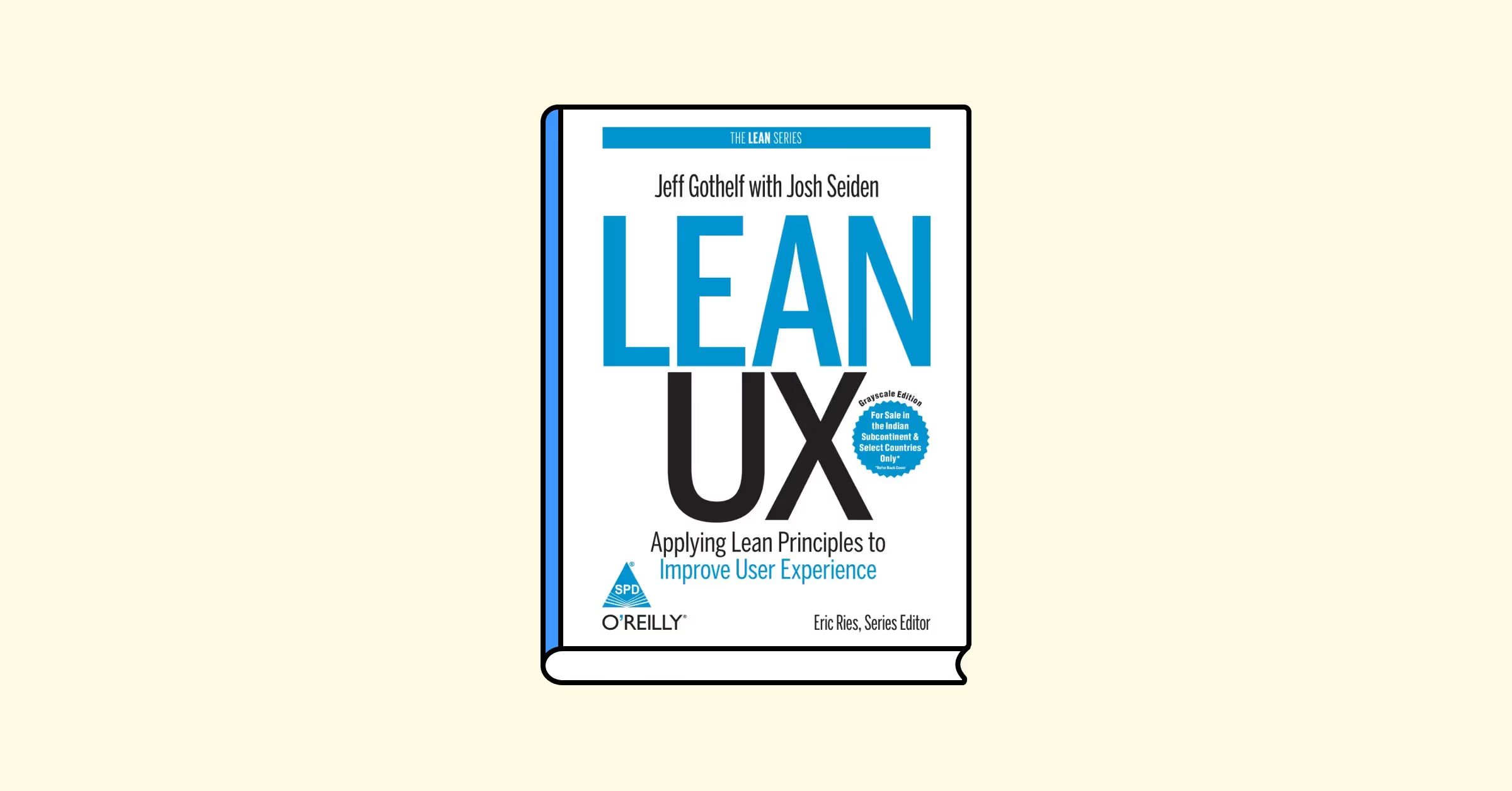
Are you a freelancer who wants to become a part of an Agile team? Or a team member transitioning from Waterfall to Agile? Lean UX is the book you need. It contains stories, templates, and guidelines to help you master Agile and do a better job of building a great product. Some readers consider this book a follow-up to Lean Startup by Eric Ries, which is also worth looking at.
6. Mobile First by Luke Wroblewski

If you like short, on-point books, Mobile First is worth your attention, where author Luke Wroblewski tackles the concept of mobile-first design. "Mobile first" is a design strategy for creating websites or apps, starting with prototyping the smallest screen first. Once you've nailed that, you can move to work your way up to larger screens. In this book, you can find the most common mobile design patterns. It also provides a great set of tools to explain this approach to colleagues or clients. If you've never heard of mobile-first design and need some groundwork, this book will be a valuable read.
If you’re particularly interested in designing stellar products for mobile, our Mobile Design course should be on your study plan. For more tips on presenting your designs and ideas convincingly, check out our lesson on Articulating Design Decisions to Stakeholders.
7. The Elements of User Experience by Jesse James Garrett

If you're new to UX/UI design, The Elements of User Experience can be your go-to book which will help you tackle all kinds of problems — from brand identity to interaction design. The book defines the core principles of design and user experience. It also presents a 5-step approach to creating user-centered designs. The updated edition includes valuable tips about applying these principles to mobile design.
If a full-fledged book seems like too much to begin with, check out our short UX Design Guide, where we walk you through the basics of the subject.
8. Microinteractions: Designing with Details by Dan Saffer

The butterfly effect is the idea that a small change can have a significant impact later. In terms of user experience, it means that changing a small interaction can alter the entire experience, for better or worse. Even a minor change like adding or removing the transition between button states can make a big difference. Microinteractions: Designing with Details is about how to get the small details right in your designs. The book explains how and when to use animation, the importance of labels, and how often users need to know about system errors. It's a good read for both beginners and experts.
9. Information Architecture: For the Web and Beyond by Louis Rosenfeld and Peter Morville

We'll be honest — if you're just figuring out the basics of information architecture, this isn't the book for you. Information Architecture is aimed at professionals who want to perfect their existing skills. We're talking about UX specialists, IA architects, product managers, developers, and the like. The authors immediately plunge readers into in-depth details, but it's a treasure trove of valuable information about IA concepts, methods, and techniques, and their web applications.
If you’re a beginner, it can help familiarize yourself with the basic terminology and concepts of IA using our Information Architecture lesson first.
10. Sprint: How to Solve Big Problems and Test New Ideas in Just Five Days by Jake Knapp

Because of their fast-paced nature, startups usually need quick-working solutions. The authors of Sprint promise that they'll teach you how to move from idea to prototype to decision in 5 days! This book is a must-read for all kinds of entrepreneurs — unless saving time and money isn't your priority. Sprint is written by a group of product development gurus: Jake Knapp, Braden Kowitz, and John Zeratsky. The authors have consulted for dozens of startups through Google Ventures before sharing their knowledge with the public. The book covers everything you need to know about testing ideas and is your future handbook if you care about building a strong team or making the right final decision about your product launch.
11. Thinking, Fast and Slow by Daniel Kahneman
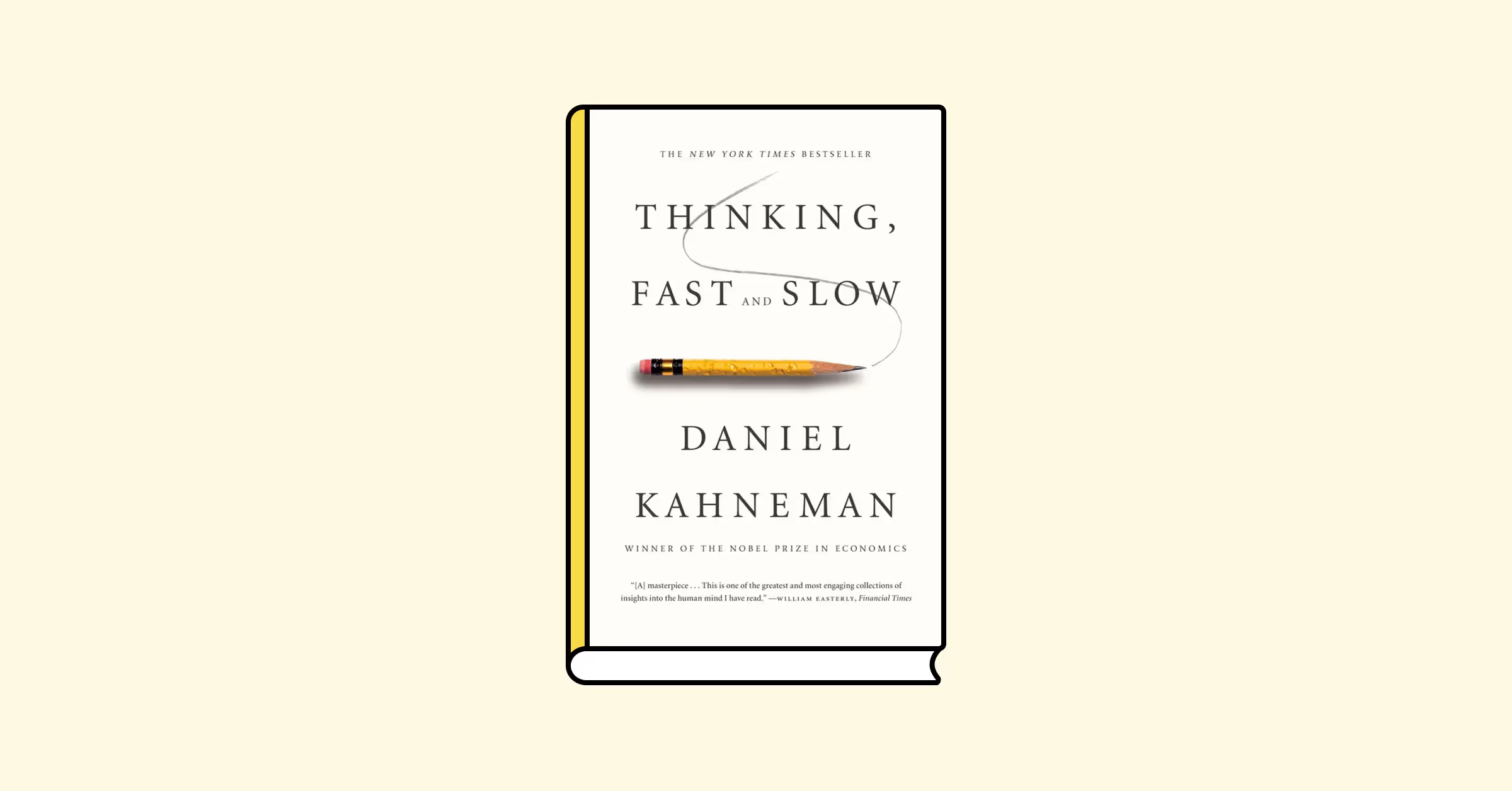
Author Daniel Kahneman is a world-famous psychologist and the winner of the Nobel Prize in Economics. He believes that knowing how people think is key to great design. In his book Thinking, Fast and Slow, he explains the two systems that determine our cognition and shape human behavior: fast (intuitive and subconscious) and slow (logical and thoughtful). The book is full of aha moments and covers many cognitive errors and biases people are prone to. Designers can learn a great deal from the book about guiding users to their goals and motivating them to act.
12. Designing for Emotion by Aarron Walter
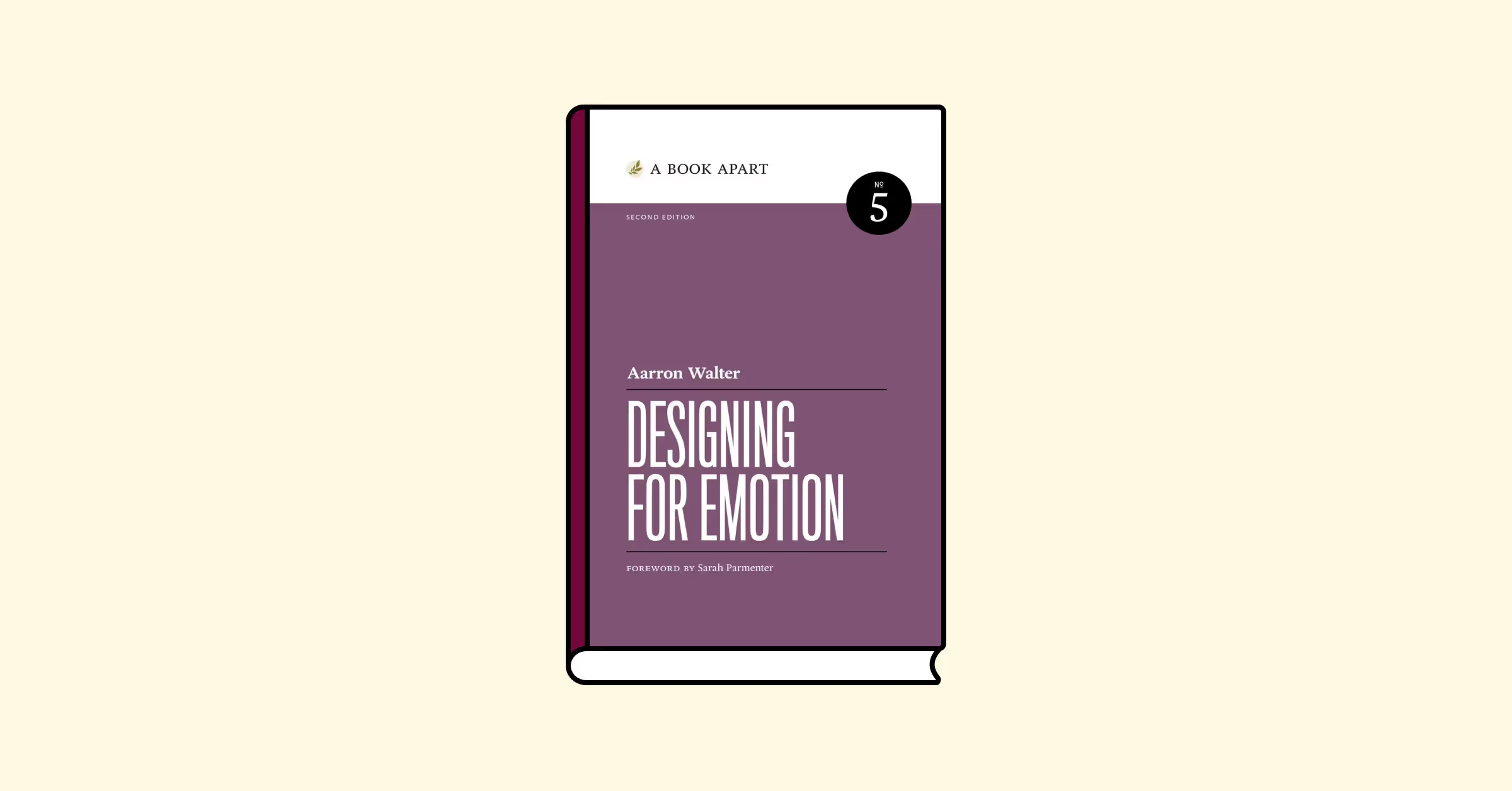
Designing for Emotion might be a short book, but it's full of valuable information. It explains how emotions influence our perception and what designers can do about it. Its author Aaron Walter, former Lead UX Designer at Mailchimp and co-host of Design Better and Reconsidering, discusses principles of designing for humans and illustrates them with practical case studies. Walter also reveals how to develop your product's personality, voice, and tone. He believes these are things that make users fall in love with your website, and we don't disagree!




